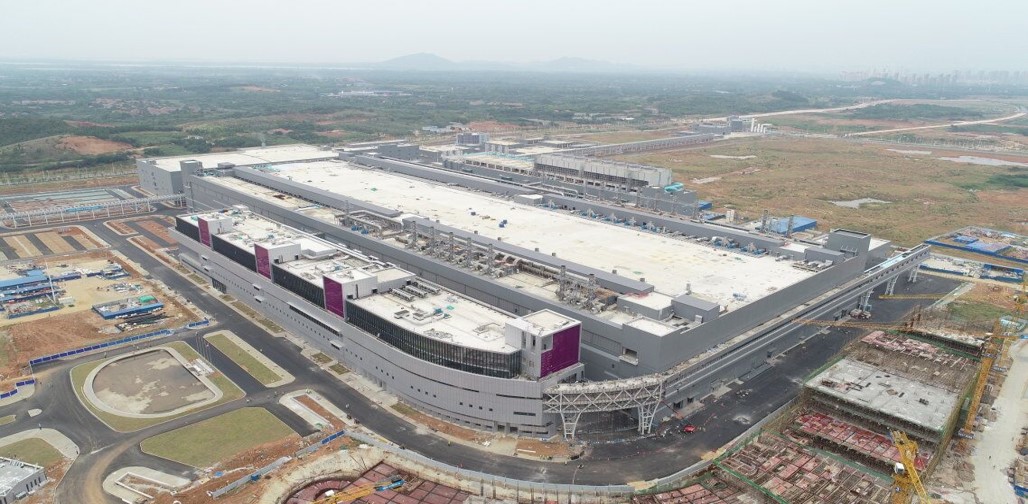Successful Test, China Achieves First Independent and Exclusive Satellite-Ground Laser High-Speed Image Transmission. 

Recently, a technology company in Jilin Province utilized a self-developed vehicle-mounted laser communication ground station to conduct a high-speed image transmission test with the MF02A04 laser terminal on the "Jilin-1" satellite constellation, 

achieving unprecedented success. This marks China's first independent and exclusive operational application of laser high-speed image transmission between satellite and ground. 

Starting from March 2020, the research team in Jilin Province embarked on comprehensive research and development efforts for this experiment. After over three years of development, the current laser communication ground station not only achieves high bandwidth and miniaturization 

but also offers mobility and deployability at any location. These features enhance the reliability and stability of satellite-ground laser communication. 

It is worth noting that the communication bandwidth of this satellite-ground laser image transmission test reached 10Gbps, which is more than ten times the bandwidth of traditional microwave data transmission. In the future, this bandwidth will be expanded to 40Gbps to 100Gbps
and will be deployed in multiple locations across the country, significantly improving the efficiency of acquiring remote sensing imagery data from the Jilin-1 satellite.
The success of the experiment signifies Jilin Province has achieved the full engineering implementation of the entire operational chain of satellite-ground laser highs-peed image transmission, with engineering application capabilities reaching an international advanced level. 🇨🇳
• • •
Missing some Tweet in this thread? You can try to
force a refresh

 Read on Twitter
Read on Twitter

















